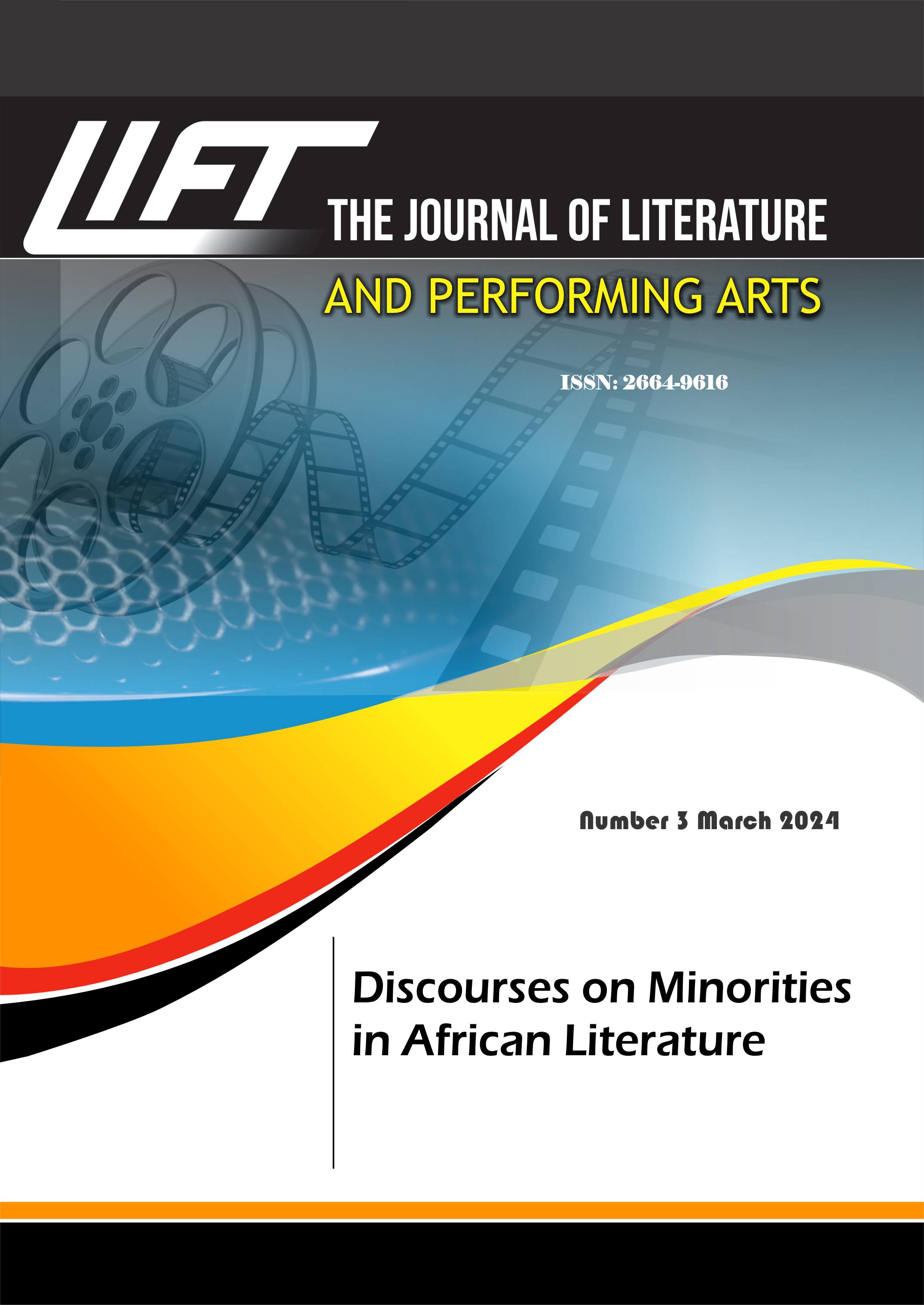Orality and Informality in Video-Film Distribution in Kenya
The Case of Eldoret
Keywords:
Informality, Marginalisation, Orality, Overlapping Realities, Video FilmAbstract
The history of Cinema in Africa is clearly one of marginalization at all levels, including film making, distribution and access. As various film scholars have noted these processes of exclusion were closely tied to the colonial and imperialist interests of domination and exploitation and later the ideological concerns of the African postcolonial state which not only inherited colonial structures and policies but employed these instruments to privilege the political class and serve the interests of the powerful and wealthy citizenship. This paper examines the strategies employed by the traders marginalized from access to formal structures of distribution of films who have established informal modes of transaction with their equally economically disenfranchised clients in Eldoret town. We employ Erving Goffman’s (1959) dramaturgical framework to analyze data obtained through ethnographic field study involving interaction with traders and their clients in the streets of the town through observation, interviews and personal testimonies. Our findings are that (i) Informal trade in video is a consequence of marginalization in access to films (ii) There is a close link between informal trade in video films and the broader Jua Kali informal systems which can be traced back to strategies of coping in urban economies established by marginalized African populations during the colonial era (iii) Despite the digital transformation in the way cinema is produced and watched, the in-formalization of film distribution continues in Kenya and traders find innovative ways of linking with their clients (iv) Orality which has been part of the African cultural heritage of communication and social interaction remains an important mode of transaction in informal video trade in Kenya.

